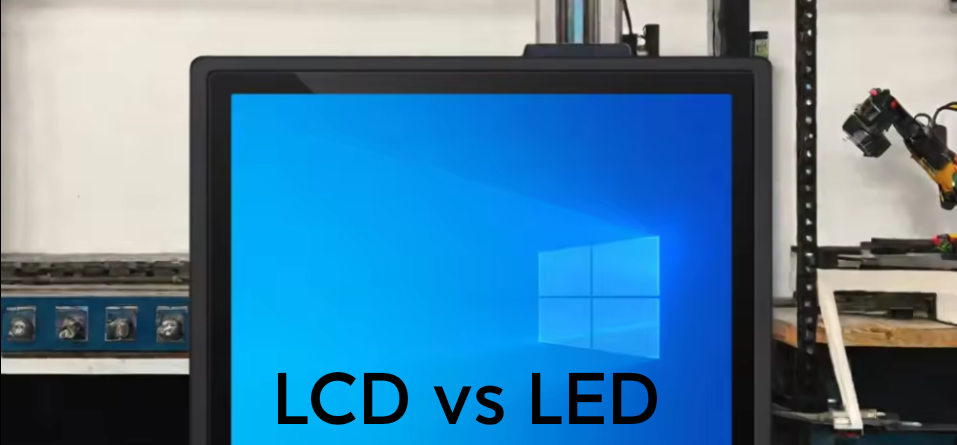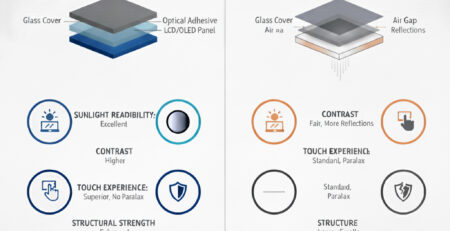In liquid crystal displays, both LCD and LED screen can be used as display technologies and are both types of liquid crystal displays, but what is the difference between them? As different technologies, the first biggest difference is the backlight. LCDs use cold cathode fluorescent lamps (CCFL) as backlight sources, while LEDs use light-emitting diodes (LEDs) as backlight sources.
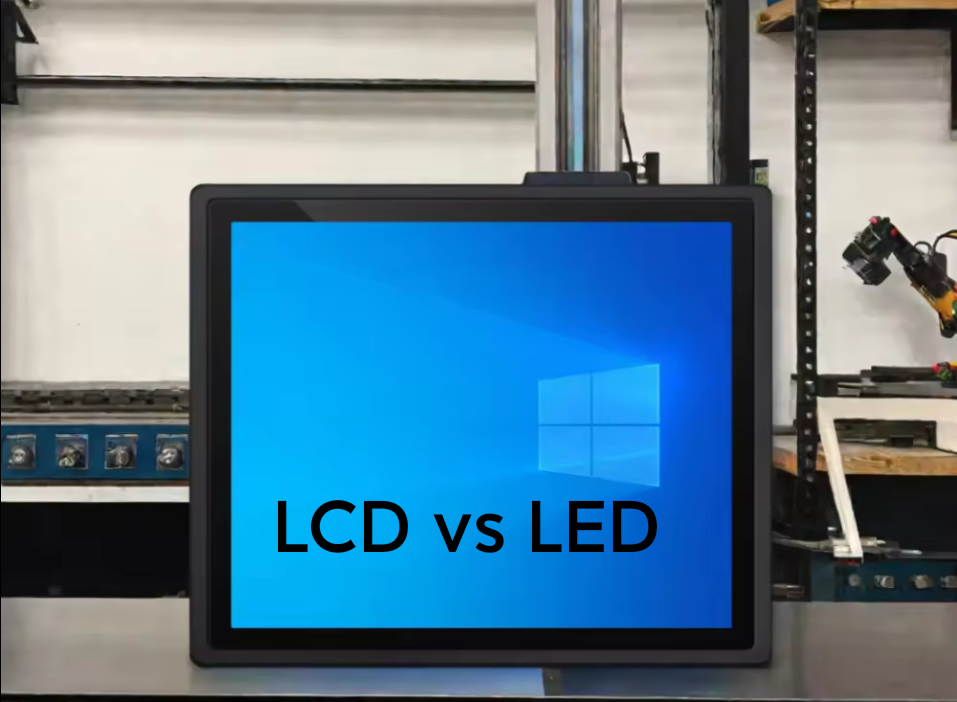
LCD places liquid crystal between two parallel pieces of glass. There are many vertical and horizontal thin wires between the two parallel pieces of glass. It is a digital display technology. The liquid crystal itself does not emit light and must be illuminated by a backlight box behind it. The working principle of LED is that when electrons and holes recombine, they can radiate visible light, so they can be used to make light-emitting diodes.
The difference between LCD and LED screen
1. Display brightness
LED screens respond very quickly, 1,000 times faster than LCD screens. In addition, because LEDs can provide higher brightness and a wider color gamut, they generally have better color performance, so they can display clearly even under strong light. The LCD screen has a fixed backlight brightness, so the viewing effect will be affected under strong light or dark light. And because of the limitations of the backlight, color performance will also be limited, and the colors may not be bright enough in some cases.
2. Power consumption
The power consumption ratio of LED to LCD is approximately 1:10. The energy efficiency of traditional CCFL backlights is relatively low, because the switch of the LCD means that the entire backlight layer is fully on or off; unlike LEDs, LEDs can only light up some pixels in the display, so the LCD backlight is more energy efficient. It has the advantages of lower energy consumption and better power saving.
3. Application scenarios
Due to its natural and true color performance and low power consumption, LCD screens are suitable for applications with high color requirements, such as televisions, computer monitors, etc. In addition, because the price of LCD screens is relatively low, they are also suitable for use in price-sensitive occasions, such as mobile phones, tablets, etc. Because of its high brightness and high contrast, LED screens are suitable for applications such as outdoor billboards and station signs that require long-distance viewing, as well as situations that require high definition and high contrast, such as high-definition TVs, commercial displays, etc.
LCD and LED screen each have their own advantages and disadvantages, and have different applicability in different application scenarios. When choosing, you need to choose based on actual needs. Whether it is LCD or LED, they are powerful assistants in our lives, helping us better enjoy the convenience and fun brought by digital life.
Golden Margins –Entire Range of Touchscreen Products
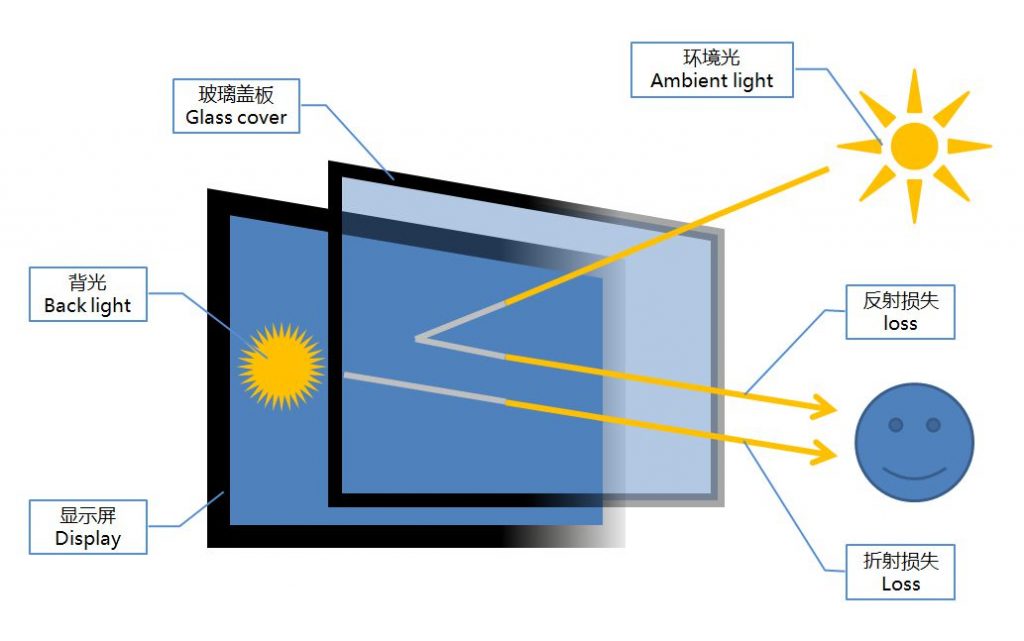
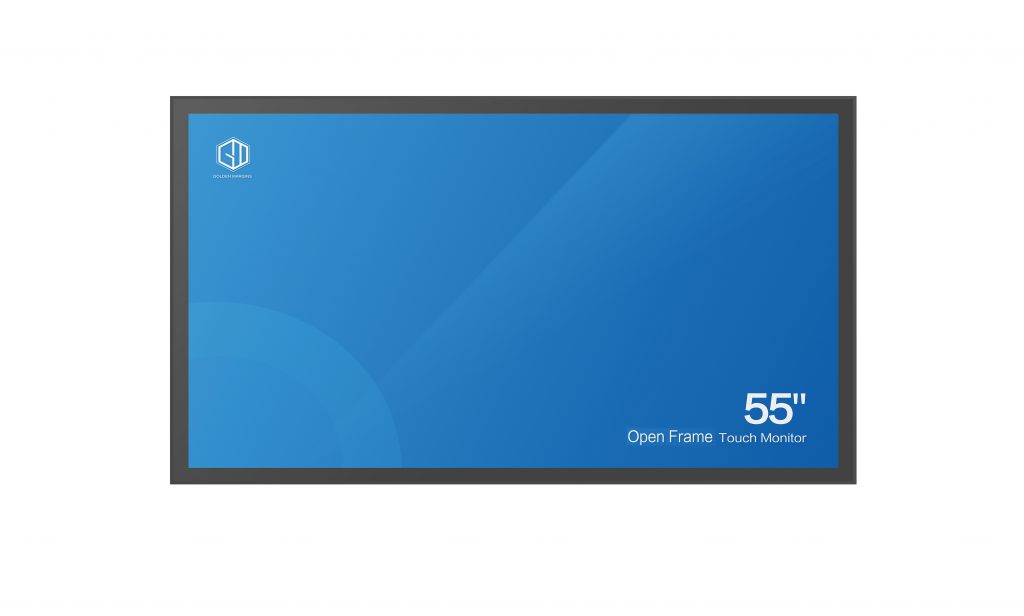
We hope you found these touchscreen or panel PC fundamentals informative. Goldenmargins offers a broad selection of Industrial Touchscreen Monitors and Touch Panel PCs in various sizes and configurations, including medical touch screens, sunlight-readable touch screens, open-frame touch screens, and waterproof touch panels, as well as other unique touch screen or panel PC designs. You can learn more about our services HERE or by calling us at +86 755 23191996 or sales@goldenmargins.com


